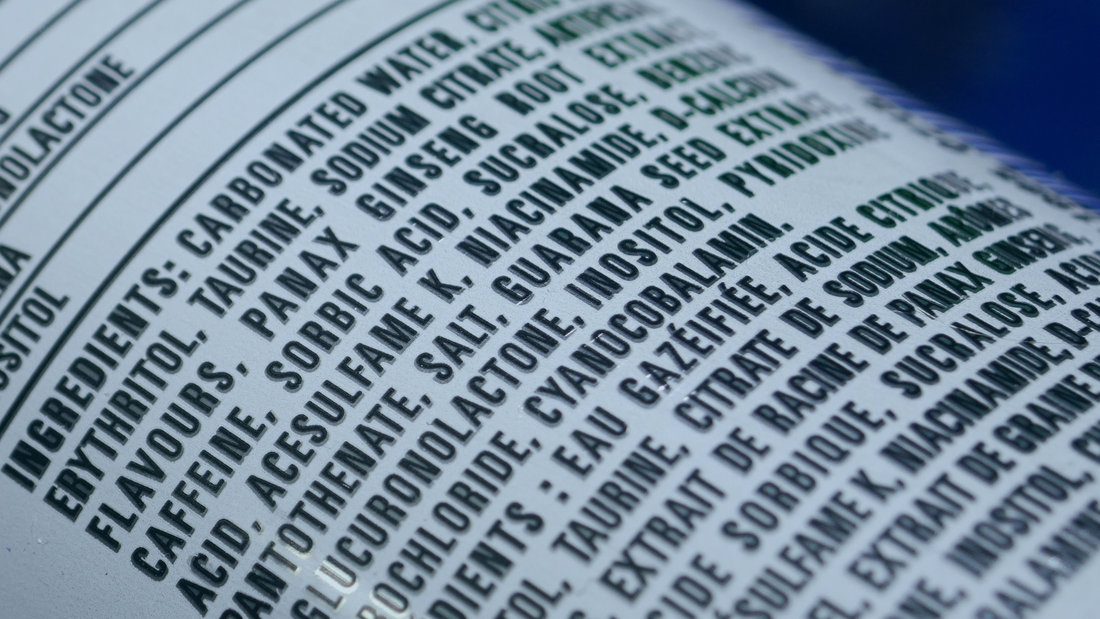Disinfectants play a crucial role in maintaining clean and hygienic environments, especially in healthcare facilities, schools, and other high-traffic areas. However, with a multitude of disinfectant options available on the market, understanding the differences between various chemical agents is essential for effective disinfection protocols.
The Importance of Disinfection
Before delving into the specifics of disinfectants, it's crucial to understand why disinfection is necessary. Disinfection is the process of destroying or inhibiting the growth of microorganisms, including bacteria, viruses, and fungi, on surfaces and objects. By eliminating harmful pathogens, disinfection helps prevent the spread of infectious diseases and protects public health.
Types of Disinfectants
Disinfectants can be classified into several categories based on their active ingredients and mode of action. The most common types of disinfectants include:
- Quaternary Ammonium Compounds (Quats): Quats are cationic surfactants commonly used in disinfectant wipes and sprays. They are effective against a wide range of microorganisms and are relatively safe for use on non-porous surfaces.
- Chlorine-Based Disinfectants: Chlorine-based disinfectants, such as bleach (sodium hypochlorite), are powerful oxidizing agents that destroy microorganisms by disrupting their cell membranes. While effective, chlorine-based disinfectants can be corrosive and may produce harmful by-products if not used properly.
- Alcohol-Based Disinfectants: Alcohol-based disinfectants, such as ethanol and isopropyl alcohol, are effective at killing bacteria and viruses. They work by denaturing proteins and disrupting the lipid membrane of microorganisms. Alcohol-based disinfectants are commonly used for hand sanitization and surface disinfection.
- Hydrogen Peroxide-Based Disinfectants: Hydrogen peroxide-based disinfectants are oxidizing agents that kill microorganisms by producing reactive oxygen species. They are non-toxic and biodegradable, making them a safer alternative to chlorine-based disinfectants.
Choosing the Right Disinfectant
Selecting the appropriate disinfectant depends on several factors, including the type of microorganisms present, the surface to be disinfected, and the specific application requirements. For example, while chlorine-based disinfectants are effective against a broad spectrum of pathogens, they may not be suitable for use on certain materials due to their corrosive nature.
It's also essential to consider contact time, which refers to the amount of time the disinfectant must remain in contact with the surface to achieve effective disinfection. Some disinfectants require longer contact times than others, so it's essential to follow the manufacturer's instructions carefully.
Best Practices for Disinfection
Regardless of the type of disinfectant used, following best practices for disinfection is crucial to ensure optimal efficacy. These include:
- Pre-cleaning surfaces: Removing visible dirt and debris before disinfection helps improve the effectiveness of the disinfectant.
- Proper dilution: Diluting disinfectants according to the manufacturer's instructions ensures optimal performance while minimizing potential damage to surfaces.
- Thorough application: Ensuring complete coverage of the surface with the disinfectant and allowing an adequate contact time for maximum efficacy.
- Safety precautions: Taking necessary precautions, such as wearing personal protective equipment (PPE) and ensuring adequate ventilation, to minimize exposure to potentially harmful chemicals.
Summary
Understanding the differences between various disinfectants is essential for developing effective disinfection protocols. By selecting the appropriate disinfectant for the task at hand and following best practices for disinfection, we can create safer and healthier environments for everyone.

